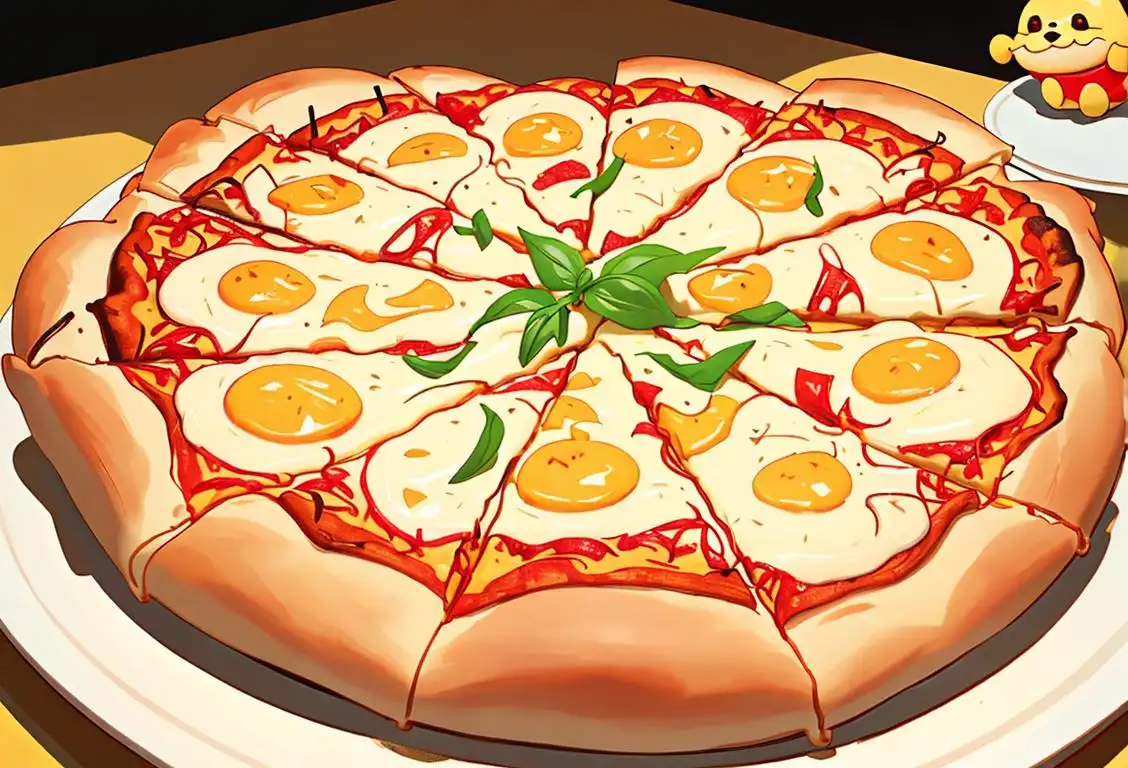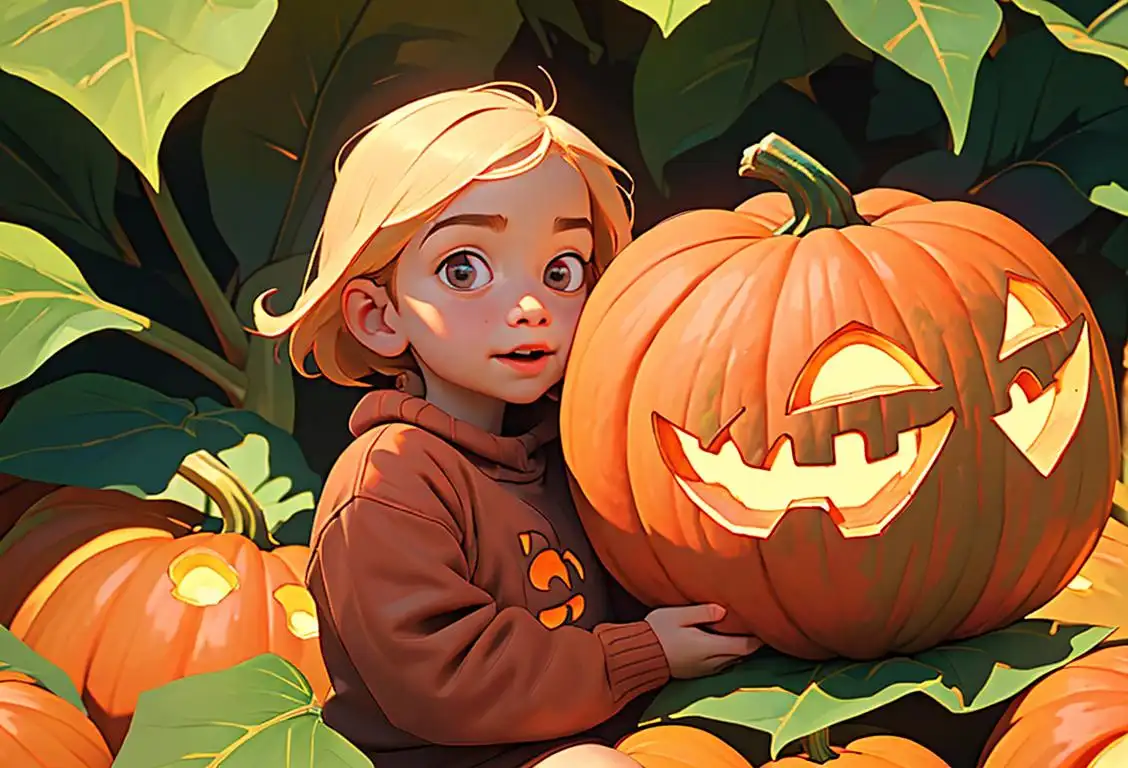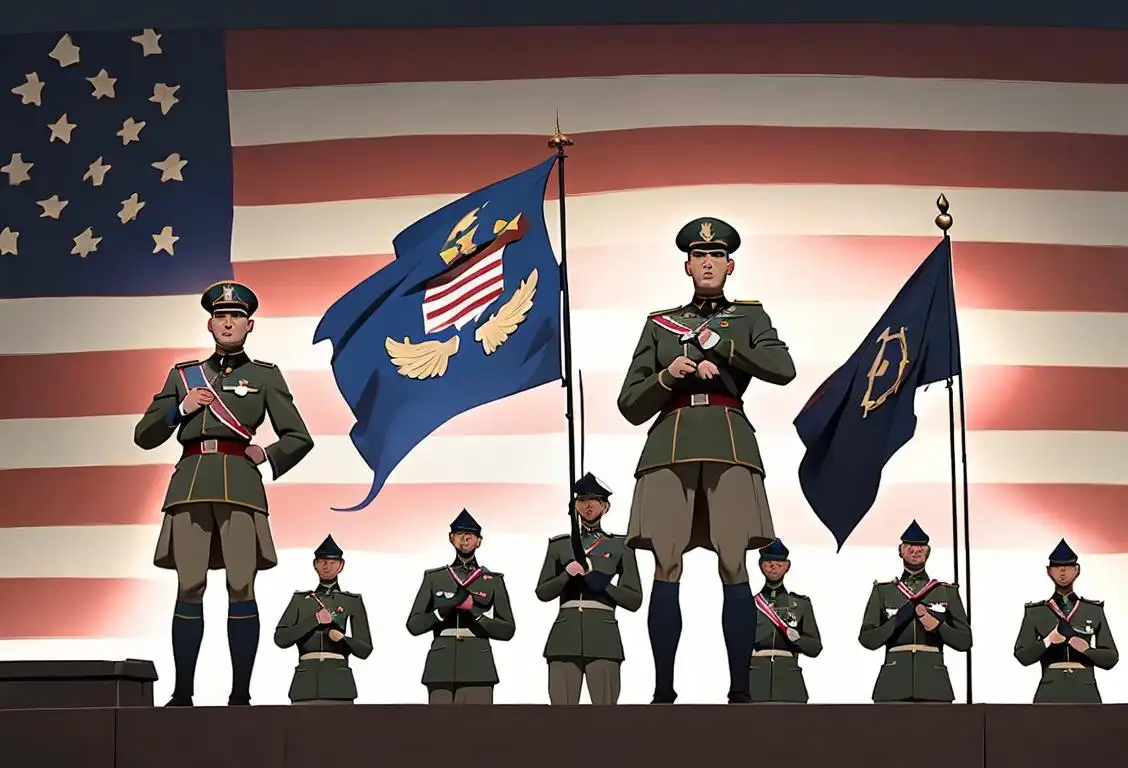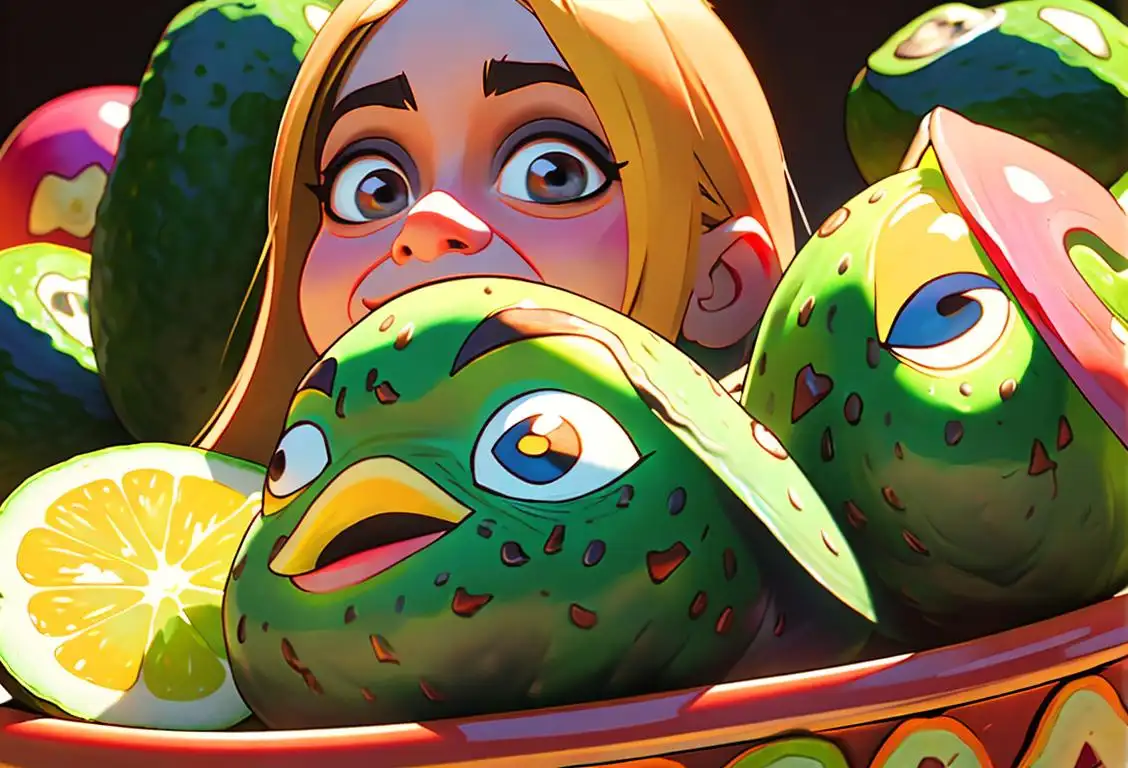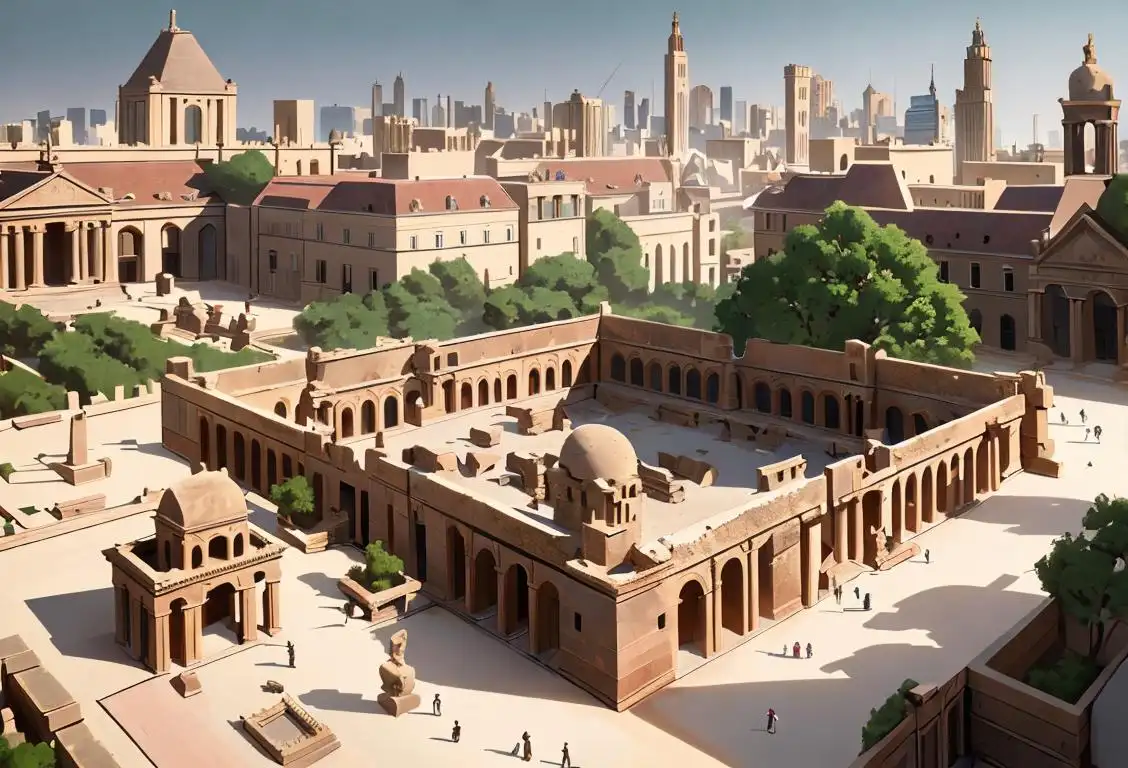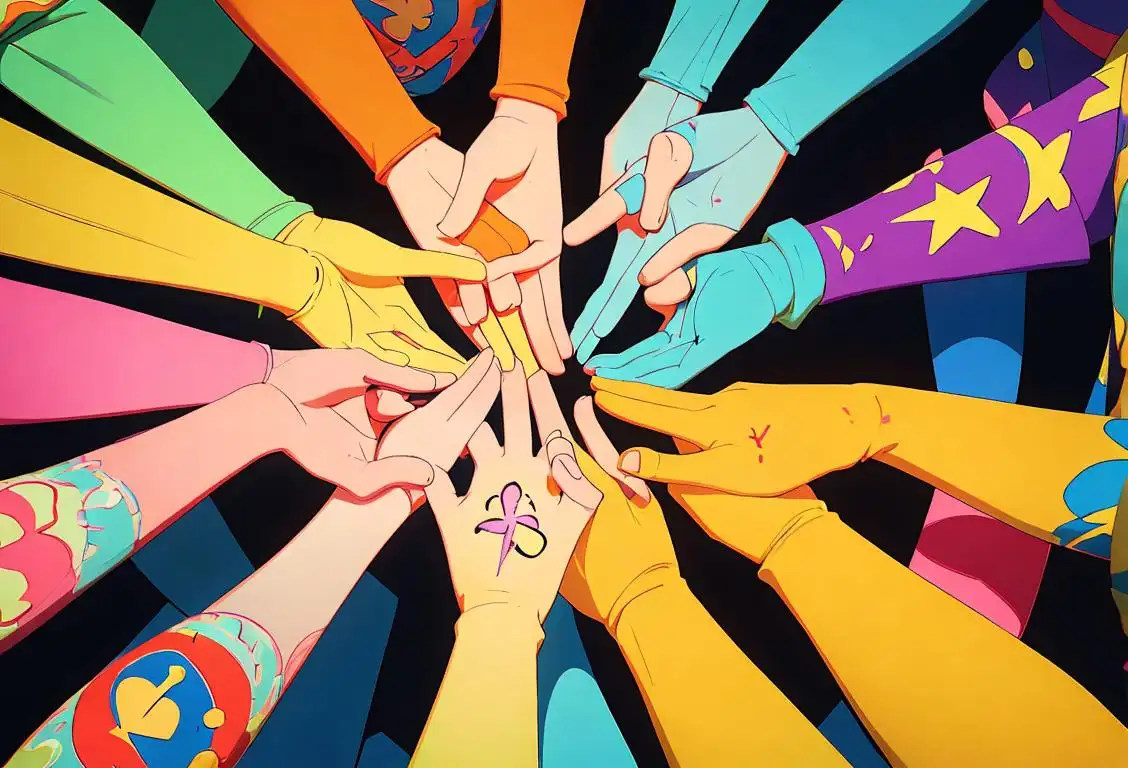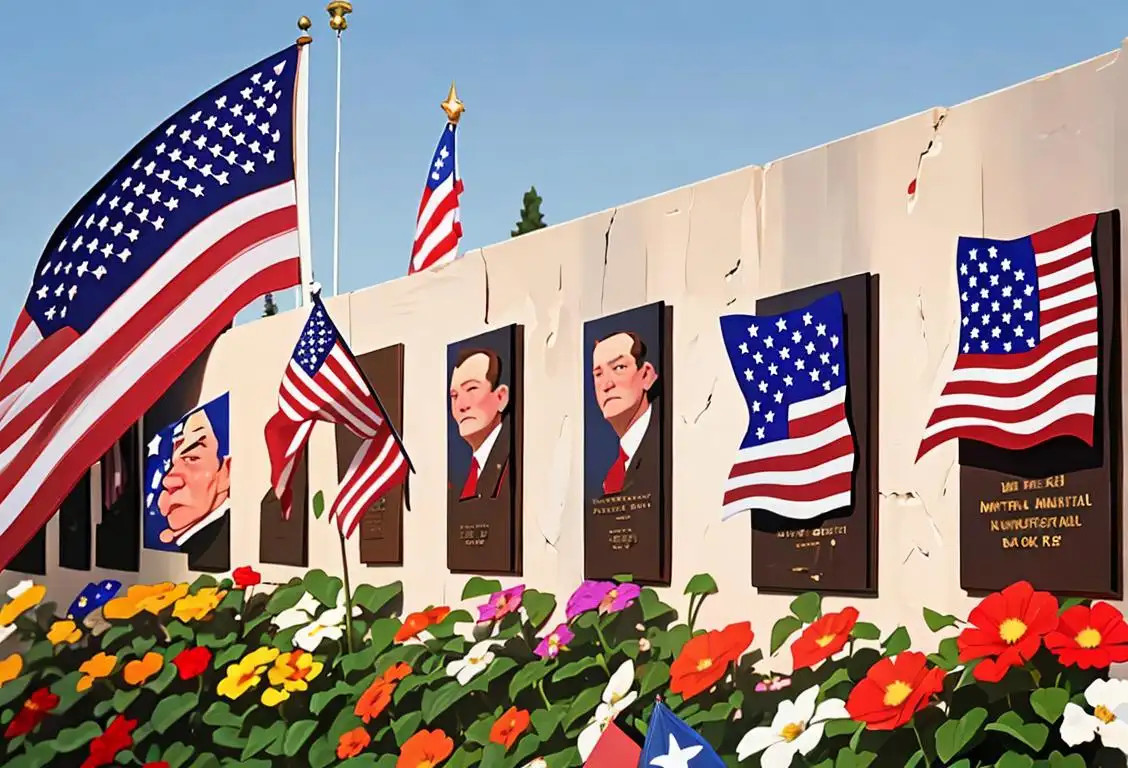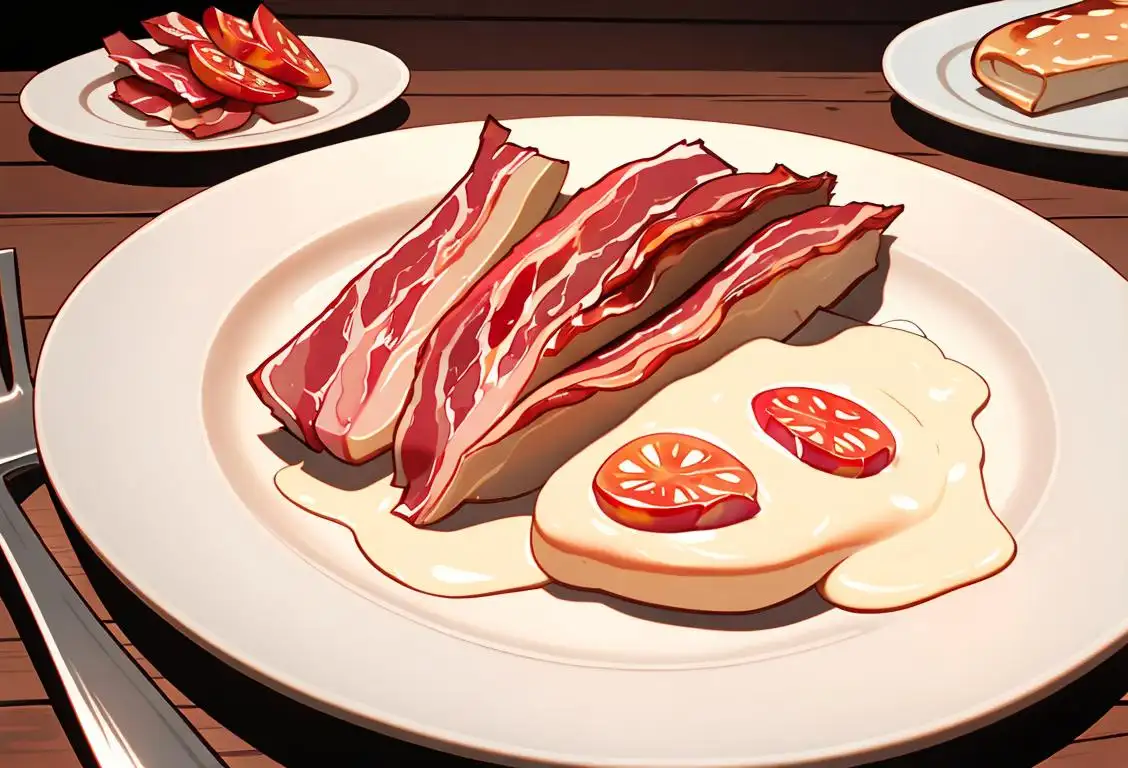National Square Dance Day
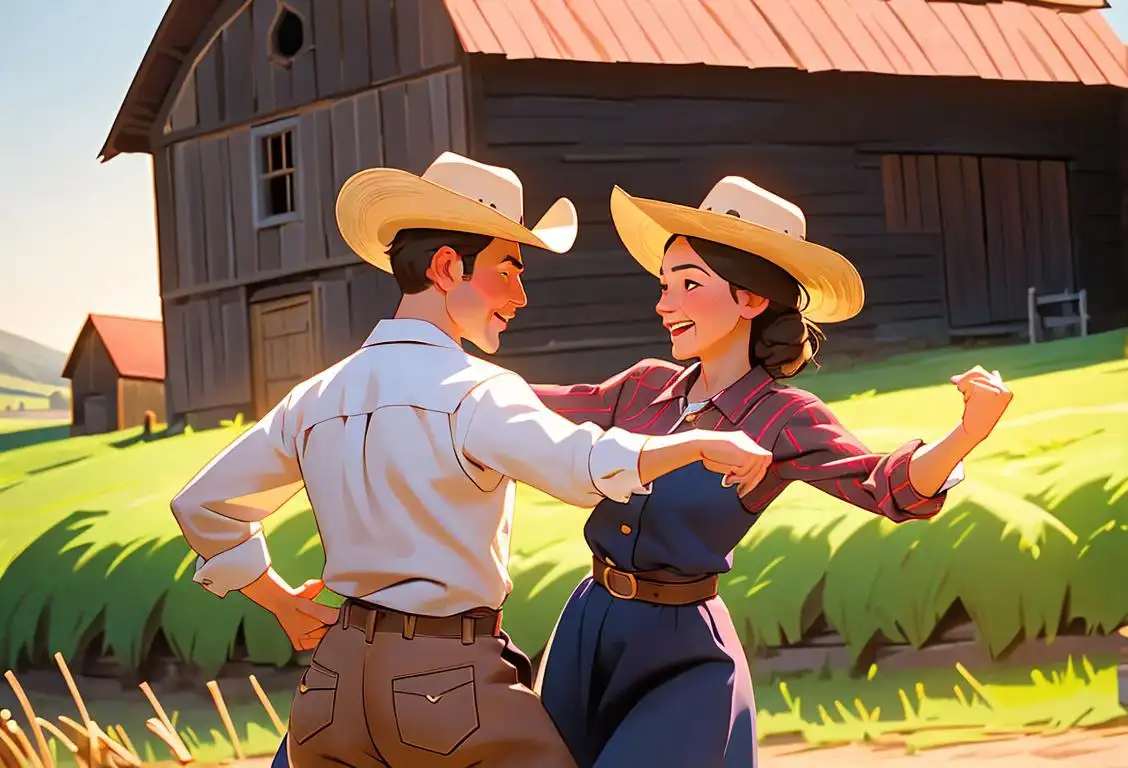
Get ready to kick up your heels and do-si-do because it's National Square Dance Day! This lively and rhythmic day celebrates the joy and tradition of square dancing. So, grab a partner and get ready to promenade right into the fun!
When is Square Dance Day?
It's national square dance day on the 29th November.
The History of National Square Dance Day
Did you know that square dancing has a rich history rooted in American tradition? It's true! Square dancing dates back to the early settlers of North America, who brought their European folk dances with them. Over time, these dances evolved and blended with the cultural influences of Native Americans and African Americans.
By the 19th century, square dancing had become popular at social gatherings and barn dances across the country. However, it wasn't until the 20th century that square dancing truly became a national phenomenon. In the 1920s, Henry Ford, the founder of Ford Motor Company, became a big advocate for square dancing. He believed that it promoted wholesome family values and a sense of community.
In 1961, the United States Congress recognized the importance of square dancing in American culture and designated November 29th as National Square Dance Day. This day celebrates the joy and unity that square dancing brings to people of all ages.
How to Celebrate National Square Dance Day
Ready to join in on the fun? Here are a few ways you can celebrate National Square Dance Day:
- Find a local square dancing club or organization and attend a dance. It's a great way to learn some new moves and meet fellow dance enthusiasts.
- Invite friends and loved ones over for a square dance party at home. Clear out some space in the living room, put on your dancing shoes, and let the good times roll!
- If you're feeling adventurous, why not try square dancing online? There are virtual square dance communities where you can dance with people from all around the world.
Did You Know?
Did you know that square dancing is not only fun but also a great way to stay active? Dancing can help improve cardiovascular health, flexibility, and coordination. Plus, it's a whole lot more exciting than hitting the gym!
History behind the term 'Square Dance'
17th century
English roots
Square dance has its roots in the English country dances that were popular during the 17th century. These dances were often performed in squares or rectangular formations, with couples facing each other on all sides.
19th century
American influences
As the English settlers migrated to America, they brought their love for square dancing with them. In the early 19th century, American pioneers began adapting and evolving the English square dance into a uniquely American social dance form.
1860s
Minstrel shows
During the mid-19th century, minstrel shows became popular in the United States. These shows often featured performances of square dancing, incorporating elements of African-American dance and music. This infusion of African-American influences added a vibrant and rhythmic flair to the dance.
1923
Western style
In 1923, Henry Ford organized a square dance festival in Dearborn, Michigan, which aimed to preserve and promote traditional American folk dances. This event sparked a resurgence of interest in square dancing, leading to the development of a distinctive Western style characterized by lively footwork and energetic movements.
1930s
Square dance craze
During the 1930s, square dancing gained widespread popularity across the United States. It became not only a social activity but also a form of entertainment featured in Hollywood films and radio programs. Square dance clubs were formed, and enthusiasts flocked to dance halls to enjoy the lively and energetic movements of the dance.
1982
National recognition
In 1982, the United States designated square dance as the official state dance of Washington. This official recognition solidified the cultural significance and enduring popularity of square dancing in American society.
Present
Continued tradition
Today, square dancing continues to be enjoyed by people of all ages, both in the United States and around the world. It is often performed at social gatherings, festivals, and even competitive events. The lively music, intricate patterns, and sense of community make square dancing a cherished tradition that celebrates American cultural heritage.
Did you know?
Did you know that square dancing is not only fun but also a great way to stay active? Dancing can help improve cardiovascular health, flexibility, and coordination. Plus, it's a whole lot more exciting than hitting the gym!Tagged
awareness fun loved onesFirst identified
29th November 2015Most mentioned on
29th November 2015Total mentions
58Other days
Compliment Day
Cheese Pizza Day
Pumpkin Day
Medal Of Honor Day
Guac Day
Foundation Day
Suicide Prevention Day
Memorial Day
Cancer Survivors Day
Bacon Day

